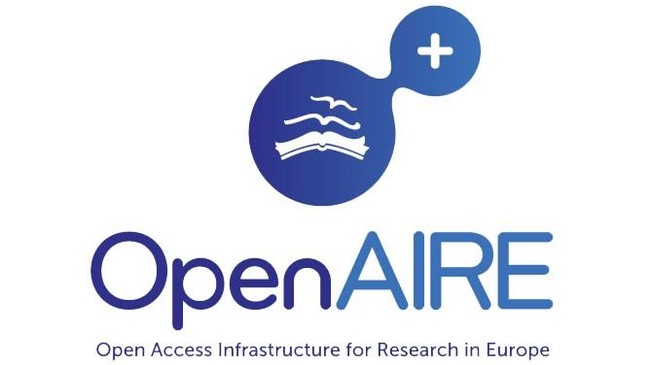METODE GRAVITASI UNTUK IDENTIFIKASI SESAR WELUKI DENGAN ANALISIS FIRST HORIZONTAL DERIVATIVE DAN SECOND VERTICAL DERIVATIVE
DOI:
https://doi.org/10.21009/03.SNF2020.01.FA.10Abstract
Abstrak
Sulawesi dalam tatanan tektonik Indonesia berada pada daerah pertemuan tiga lempeng bumi (triple junction) yaitu Lempeng India Australia, lempeng Pasifik dan lempeng. Pertemuan ketiga lempeng ini membuat Pulau Sulawesi tersusun oleh tatanan tektonik yang kompleks. Salah satu sesar yang terbentuk akibat peristiwa ini yaitu Sesar Weluki. Penelitian ini bertujuan untuk identifikasi keberadaan dan jenis Sesar Weluki. Penelitian ini menggunakan data topografi dan free air anomaly dari satelit TOPEX. Data TOPEX kemudian dianalisis dengan First Horizontal Derivative (FHD) dan Second Vertical Derivative (SVD) menggunakan software Surfer 16. Analisis FHD digunakan untuk menentukan batas sesar sedangkan SVD digunakan untuk menentukan jenis Sesar Weluki. Berdasarkan pengolahan data menggunakan metode parasnis, densitas rata – rata batuan penyusun Sesar Weluki sebesar 2.4454 gr/cm3. Berdasarkan peta kontur residual, strike Sesar Weluki memiliki orientasi Utara – Selatan. Hasil dari analisis SVD menunjukkan bahwa Sesar Weluki merupakan jenis sesar naik.
Kata-kata kunci: Gravitasi, First Horizontal Derivative, Second Vertical Derivative, fault.
Abstract
Sulawesi in the tectonic order of Indonesia is located at the confluence of three earth plates (triple junction) namely the Australian Indian Plate, the Pacific Plate, and the Eurasian plate. The confluence of these three plates makes Sulawesi Island composed of a complex tectonic setting. One of the faults formed from this event is the Weluki Fault in Central Sulawesi. This study aims to identify the existence and type of Weluki fault. This research uses topography and the Free Air Anomaly data from the TOPEX satellit. Then TOPEX data were analyzed using the First Horizontal Derivative (FHD) and Second Vertical Derivative (SVD) methods using Surfer 16. The FHD analysis was used to determine the fault bundary and SVD was used to determine the weluki fault type. Based on the results of data processing using the parasnis method, an average density of weluki fault rocks about 2.4454 gr/cm3. From the residual contours map, the strike orientation of Weluki Fault is North – South. The results of the SVD analysis show that the weluki fault has a reverse fault.
Keywords: Gravity, First Horizontal Derivative, Second Vertical Derivative, fault.
References
[2] R. Hall, M. A. Cottam & M. E. J. Wilson, “The SE Asian Gateway: History and Tectonics of the Australia–Asia Collision. Geological Society,” London, Special Publications, vol. 355, pp. 1-6, 2013, DOI: 10.1144/SP355.1 0305-8719/11/$15.00.
[3] M. S. Kaharuddin, R. Hutagalung & Nurhamdan, “PERKEMBANGAN TEKTONIK DAN IMPLIKASINYA TERHADAP POTENSI GEMPA DAN TSUNAMI DI KAWASAN PULAU SULAWESI,” The 36th HAGI and 40th IAGI Annual Convention and Exhibition, pp. 1-5, 2011.
[4] Nurwidianto Irham et al., “Study Pendahuluan Sesar Opak Dengan Metode Gravity (Study Kasus Daerah Sekitar Kecamtan Pleret Bantul),” in Jurnal Berkala Fisika, Yogyakarta, vol. 14, no. 1, pp. 11-16, 2011.
[5] P. Kearey, M. Brooks and I. Hill, “Gravity Surveying” in An Introduction to Geophysical Exploration, 3rd ed. New Jersey: BS, pp. 125-137, 2002.
[6] Pusat Studi Gempa Nasional Kementerian PUPR, “Tektonik Sulawesi” in PETA SUMBER DAN BAHAYA GEMPA INDONESIA TAHUN 2017, Bandung: Pusat Litbang Perumahan dan Permukiman Balitbang Kementerian PUPR Republik Indonesia, 2017.
[7] R. J. Blakely, “Transformations,” in Potential Theory in Gravity and Magnetic Applications, Cambridge: CUP, 1996, pp. 347-350
[8] Sriyanto et al., “IDENTIFIKASI PATAHAN MIKRO PENYEBAB GEMPA BUMI TARAKAN 21 DESEMBER 2015,” in Seminar Nasional Fisika, Jakarta, 2016.
[9] W. M. Telford, L. P. Geldart and R. E. Sheriff, “Gravity Methods,” in Applied Geophysics, 2nd ed, Cambridge: CUP, pp. 10-32, 1990.




